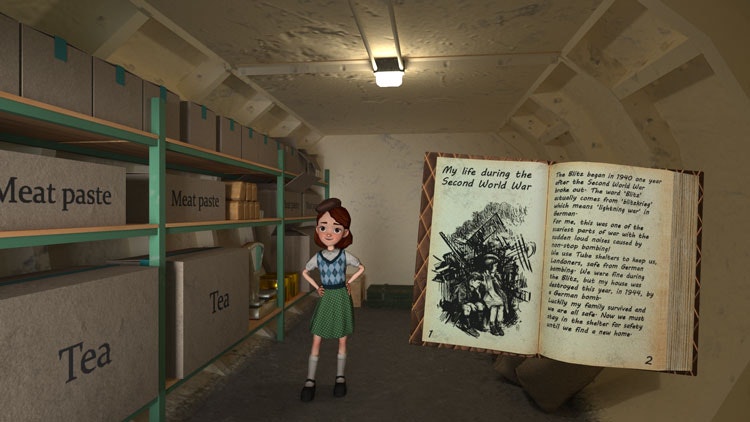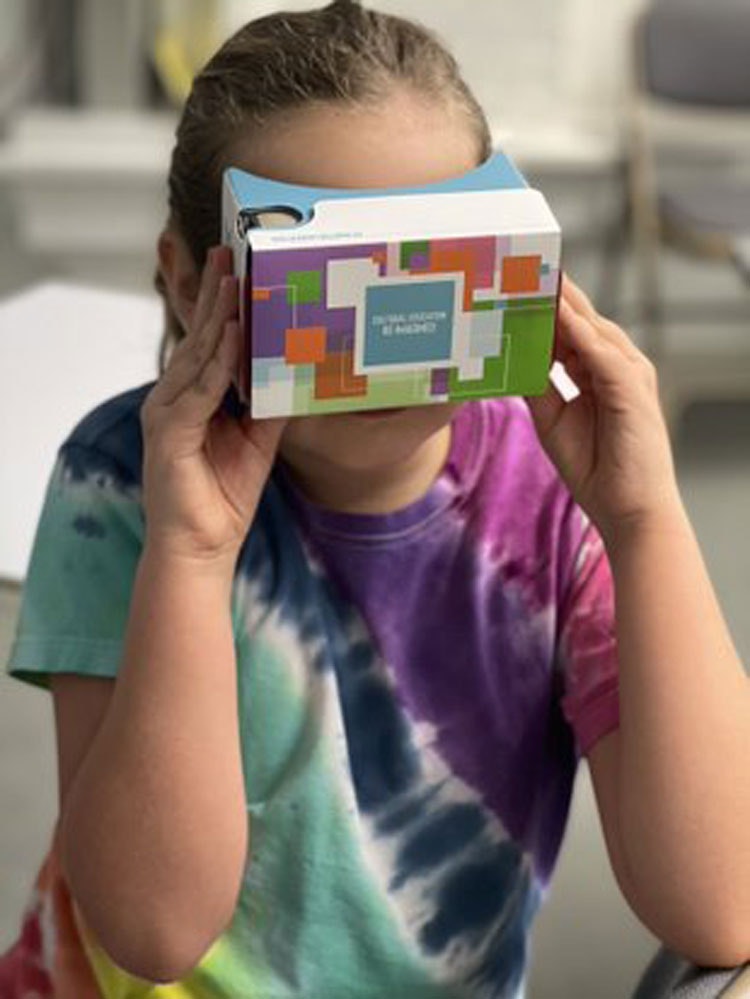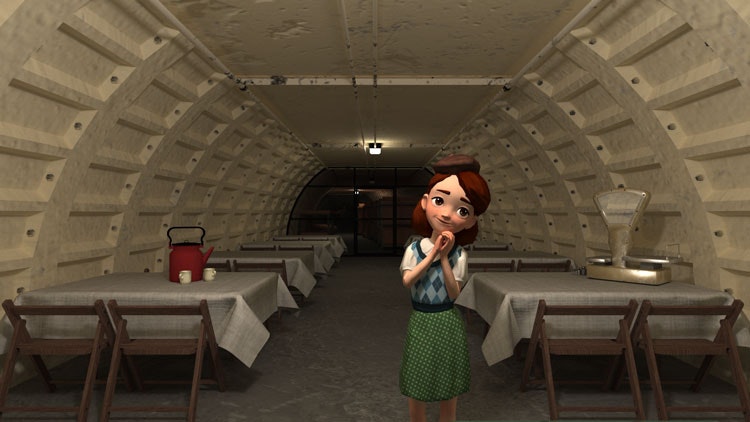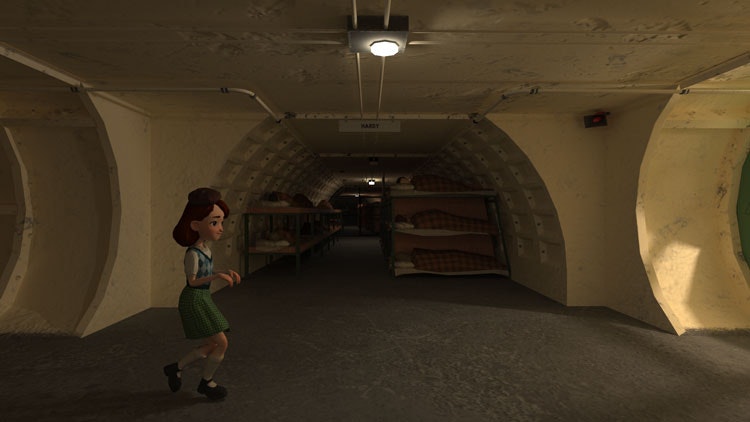London Transport Museum (LTM) and game developers Musemio have revealed a new VR game which transports children to an underground shelter during World War II.
Musemio works with cultural institutions to make immersive app-based games for children with an educational element. For its venture with LTM, Musemio has designed a game set in a real-life shelter under Clapham South Tube station.

Set in 1944, the game lets children experience life in the subterranean shelter at a time when Britain was at war and bombs were falling overhead. As Musemio founder Olga Kravchenko explains, the environment was especially appealing as children are not currently allowed into the shelter.
“We have a mission and vision to make arts and culture accessible to every child,” she says of Musemio’s wider goals. The Clapham-based shelter is currently off limits to children owing to its many steps and high dust levels, Kravchenko explains.
Recreating an authentic setting

LTM does however run Hidden London tours, which take adults throughout these disused spaces, including the mile-long tunnel at Clapham. Experts from Hidden London as well as LTM’s learning team worked with Musemio on the game.
The Secret Shelter Challenge is aimed at children aged 8-11, and takes around 20 minutes to complete. Players are introduced to the world by the Musemio robot Mio, who needs a passcode to fix a time machine. Using a cardboard headset and smart phone, children are guided through a series of interactive games, such as quizzes and riddles, to reach their ultimate goal.

The Musemio team – which consists of developers and 3D modellers – worked with LTM experts to create an accurate setting for the game. The designers used actual testimonies from children who had to stay in the shelter, for example. While archival photos and footage were useful, one of the biggest problems was that the images were black and white, Kravchenko explains.
This understandably led to problems with visual accuracies. One example was the colour of the shelter’s wall, according to Kravchenko. The LTM team explained that they were white but that the paint had started yellowing – it was not the brown shade the Musemio team had initially thought.
Balancing education with curiosity

Musemio ran workshops with children to gauge the right tone for the game, explains Kravchenko. Elements of the storyline were also informed by these workshops, she explains. When children learned about conditions in the shelter, they wondered whether you could go back and collect something you might have forgotten during an evacuation.
That led to the development of Grumpy Teddy, a teddy bear character who has been left behind at the shelter. The other main characters consist of 10-year-old Margaret, based on the accounts of real children who lived in the shelter, and the informative Queen Mouse.
Other invented features of the shelter include a secret hatch (another suggestion from a child) where Margaret can hide with the player. More period-authentic details include food items such as “meat paste” and huge pieces of bread – a detail which caught children’s imagination, according to Kravchenko.
This interpretation was crucial to developing the right tone for the game, she explains. “We had to give enough of the historical and educational context, but also maintain the atmopshere of curiosity we read about in interviews,” Kravchenko adds.
You can download the Musemio app and purchase the Secret Shelter game now.

- Design disciplines in this article
- Industries in this article
- Brands in this article







